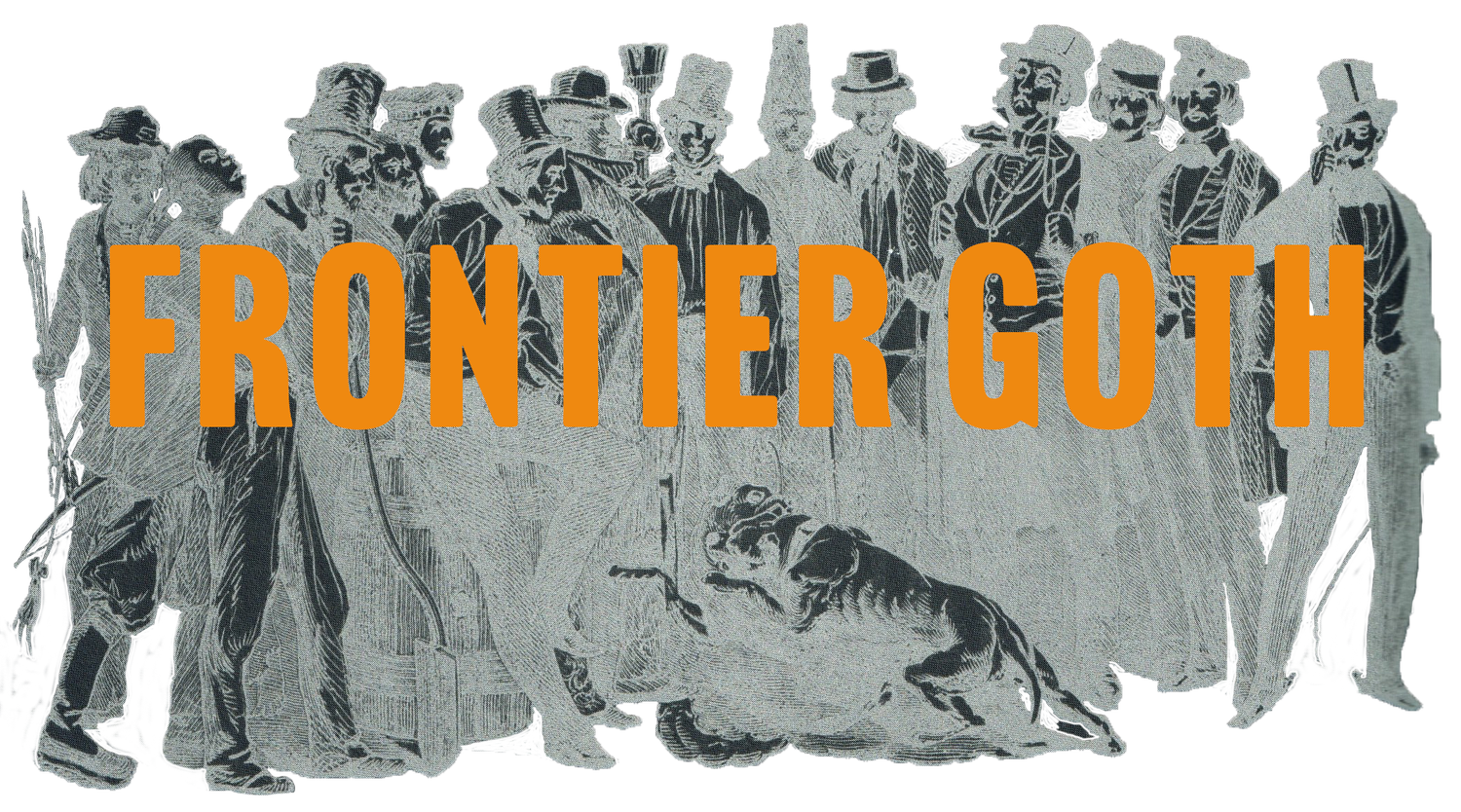The Folklore of Plants by Margaret Baker
“As one of several trees from which the Cross may have been made, cedar must never be burned or ill-luck will strike. Arabs regard cedars as ‘saints,’ ‘senior trees of Lebanon,’ and predict misfortune for any who injure them. Transplanting brings disaster.
”Nevertheless cedars have been moved safely. The Reverend Wyatt Steele (1801-32), Vicar of Cholsey, Oxfordshire, spent his honeymoon at Mount Lebanon and smuggled two saplings (Cedrus libani) home to Cholsey in his umbrella (or some say his wife’s parasol). They flourished in the vicarage garden without visible ill effects.
”Arkansas householders drive a three-pronged cedar peg (emblematic of the Trinity) into the garden path to keep witches away and only the feckless would consider disturbing such a ‘witch-peg.’ Cedar is poisonous to the ticks which attack in July and August. Afflicted farm boys in the Ozarks remove their jeans and brush their bare legs with a cedar branch. Similarly farmers believe that chickens which roost in cedar trees will be free from fleas and parasites and throw chopped cedar branches into their chicken runs. The Teto Dakota Indians say that fragrant smoke of burning cedar drives away ghosts.
”The fall of a branch of an ancient cedar at Bretby, Derbyshire, which once belonged to the Carnarvon family, portended a family death. The last limb is said to have fallen shortly before the death of Lord Carnarvon in 1923, the year after his discovery of the tomb of Tutankhamun at Luxor.”
-Margaret Baker, 2005



